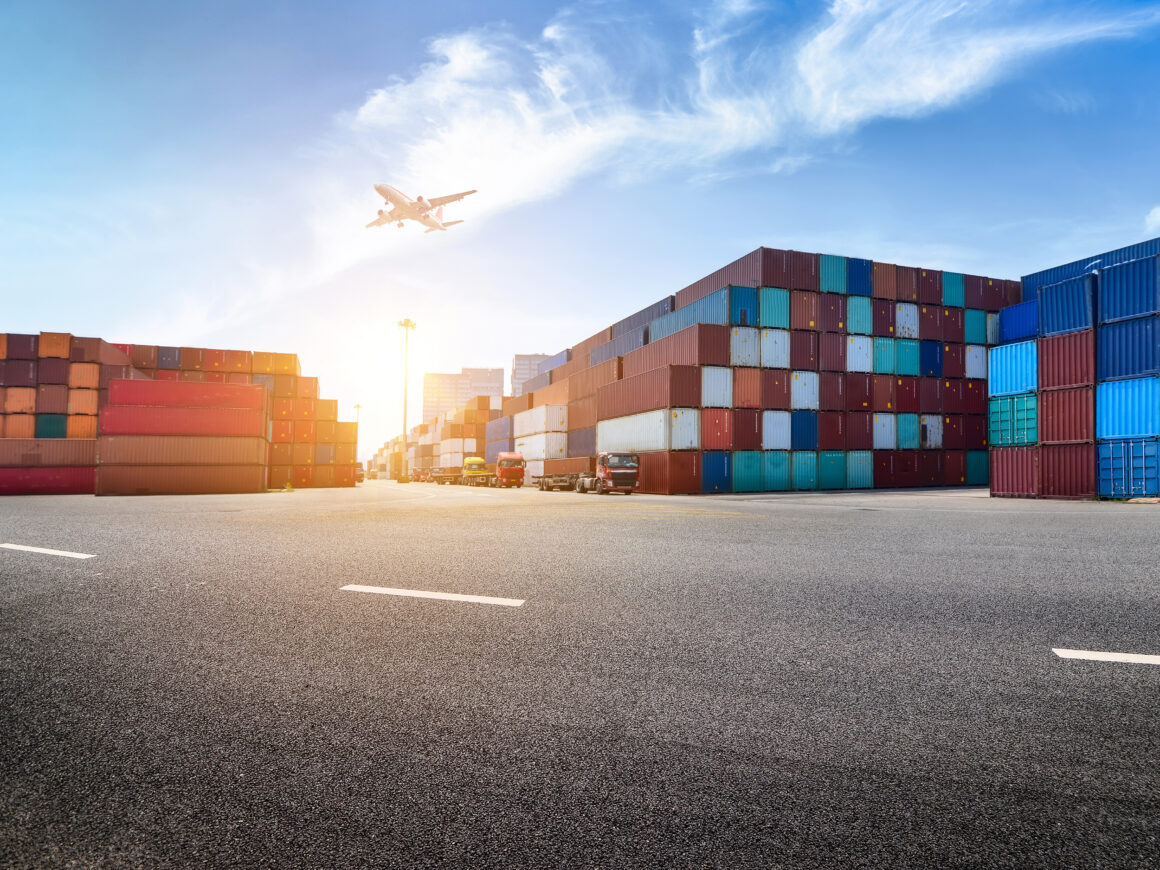In the world of supply chain and logistics, the last couple of years have been both historic and difficult. As we get closer to 2022, we’re still dealing with record demand, fleets are doing the best they can with limited personnel, and the existing infrastructure is backed up, causing delays and price increases.
We wish we could tell you that after the holidays are over, we’ll have turned the corner, but the reality is that the situation is more likely to deteriorate than it improves in the future.
However, the good news is that many businesses haven’t yet fully used their available capacity. You can set your firm for success despite the many obstacles you face if you take the appropriate actions.
Follow these five trends in 2022, each of which presents an opportunity to increase production and efficiency at a lower cost.
1. Make preparations for a lengthy labor shortage
As a result of the present driver scarcity, everyone is learning how to do more with less, which will continue to cause delays for businesses trying to grow their fleets or boost their capacity. The National Transportation Institute estimates that roughly a quarter of the trucking industry will retire during the next decade, accounting for 54 percent of the driver deficit (NTI).
It isn’t simply drivers that are affected. A stevedore strike isn’t out of the question in the coming months, especially with so many cargo ships sitting off the coast of Long Beach. Supply chain specialists, who are often seen as the experts who can guide businesses through the current economic crisis, continue to be in great demand.
Because the battle for talent is so great right now, do all in your ability to ensure that your staff are well taken care of: For fleet owners, make certain that their drivers are treated with dignity; for brokers, make certain that partners are treated with courtesy and respect.
In addition, look for methods to make the most of the time and resources you have available. While increasing your workforce may be necessary to fulfill demand and expand your business, you may be able to identify ways to reduce time for your drivers and utilize technology to free up supply chain workers to concentrate on more important responsibilities.
2. The capacity bottleneck will continue to be a problem
Right now, there is an excessive amount of demand and not nearly enough available capacity, creating a perfect storm that has been building for years and has only been worsened by the increase in shipping volumes as a result of COVID-19 regulations.
It is possible for rental fees per ship to reach $200,000 per day, and certain firms are willing to pay a premium to carry merchandise by air—in 2020, Apple booked 200 private aircraft to distribute gadgets, setting a new record for the corporation. As a result, it will take some time for capacity to catch up with demand, and enterprises will need to make the most of the capacity they do have by closely monitoring asset use and prioritizing shipments.
3. The number of mergers and acquisitions will rise
Shippers and manufacturers throughout the world are investing in visibility via mergers and acquisitions, with the value of deals increasing by 86 percent year over year in the first half of 2021. As a result of its technology and capacity to extend the current UPS network, UPS recently bought Roadie, while Panasonic acquired Blue Yonder, an artificial intelligence-driven supply chain management solution that operates from end to end.
Given the scarcity of talent and capacity, situational awareness may identify possibilities to increase capacity while also managing expansion in a sustainable manner. In today’s business world, visibility is widely recognized as a strategic tool for increasing efficiency and utilization, and we can expect to see more organizations acquiring visibility capabilities during 2022.
4. Infrastructure investment has the potential to lead the way ahead
Our supply chain infrastructure has to be expanded, and if we could build more ships, trains, aircraft, and ports over night, it would alleviate a significant portion of the capacity bottleneck.
There is no magic wand, and it will take time for us to catch up to the infrastructure that we need to be successful. Assuming, of course, that Congress is able to break through its impasse and enact the infrastructure plan, we will be able to begin expanding capacity. Until then, we’ll continue to look for ways to improve our efficiency so that we can do more with less.
5. Inflation is the fifth point to mention.
The result of persistent demand meeting unsustainable supply does not need the expertise of an economist to grasp the situation. Despite the fact that most CEOs do not want to acknowledge it, we are approaching an era of inflation. Prices have already begun to rise, and it will only be a matter of time until businesses begin to pass these increases on to customers. Executives must be prepared for these expense increases as well as the repercussions that will follow as a result of them.
The bottom line will be the primary focus in 2022. In order to keep procurement costs low without jeopardizing the integrity of the value stream, supply chain executives must consider the following: Once again, technology is the key to solving this problem. Leaders in the supply chain must invest in improved technology in the next year in order to mobilize data insights that will result in cost reductions. Inflationary expenses will inevitably be passed on to consumers, but corporations may reduce the impact by eliminating unnecessary expenditures along the road. The key to maintaining low COGS in 2022 and beyond is to make an investment in more intelligent procurement.




